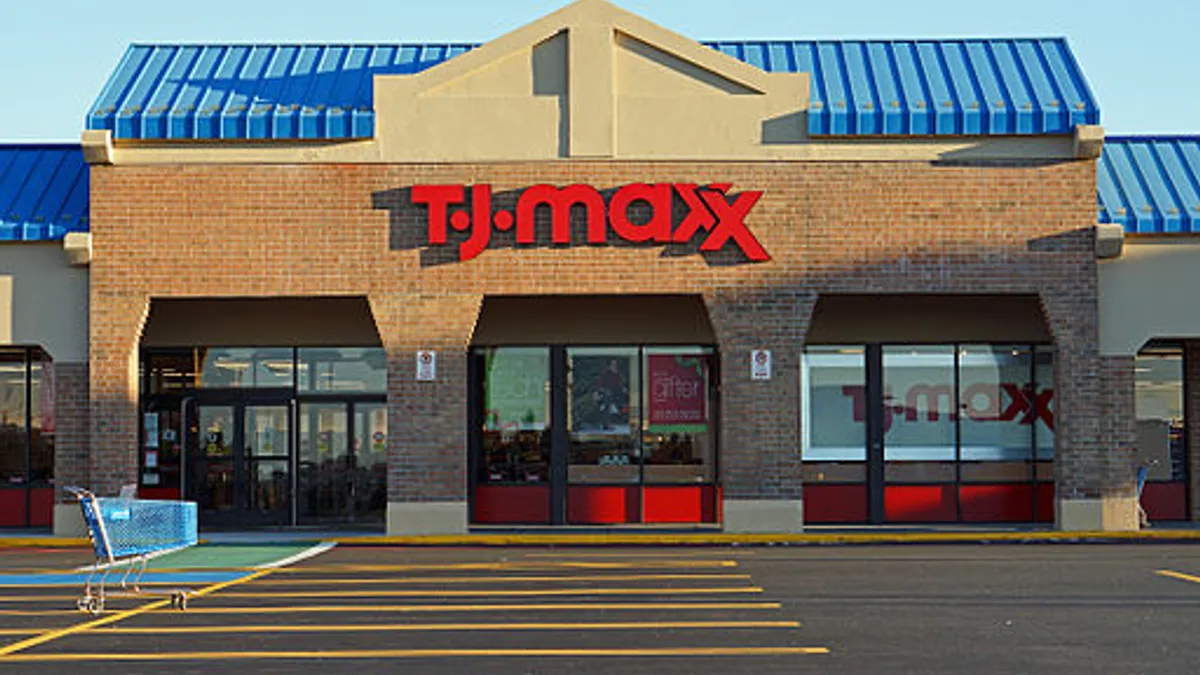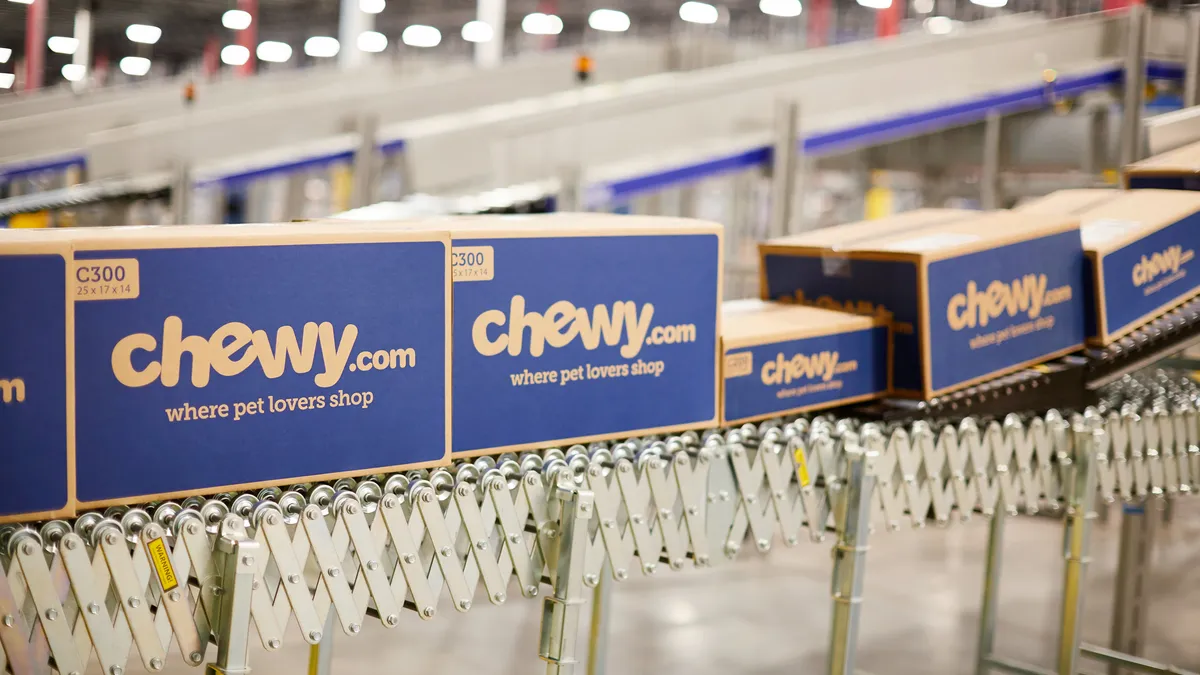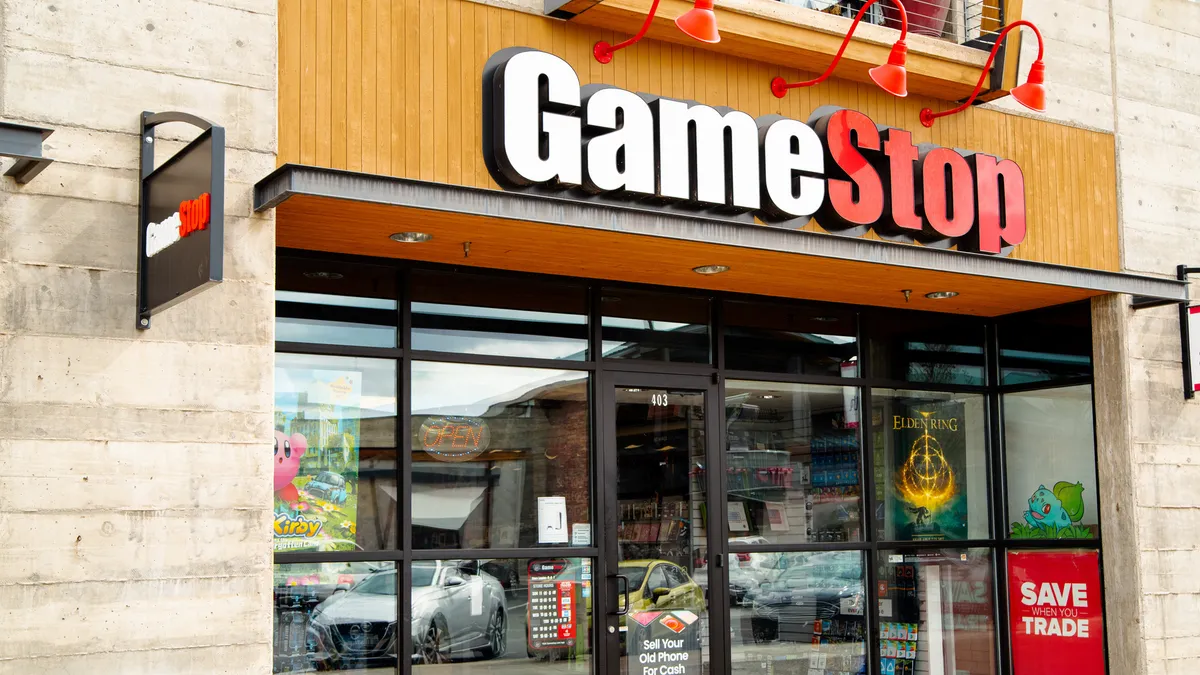Off-pricers TJX and Ross held on to many advantages in the first quarter despite challenges wrought by the pandemic.
Unsurprisingly, with stores shuttered most of the period, there were declines. TJX said net sales fell to $4.4 billion from $9.3 billion a year ago. Ross net sales fell to $1.8 billion from $3.8 billion in the prior year. Neither reported store comps due to mass closures in the period, but Wells Fargo Senior Analyst Ike Boruchow estimates comps fell 55% at each.
Profits took a hit, as seen in both company announcements Thursday. Net loss at TJX (which runs Marshalls, TJ Maxx, Home Goods and other banners) reached $887.5 million, from net income a year ago of $700.2 million. Ross similarly swung to a net loss of $305.8 million from net income of $421.1 million last year, its first quarterly operating loss in more than 30 years.
Since May 2, more than 1,600 TJX locations have reopened worldwide, with more 1,100 reopened for at least a week. Ross, which closed stores later than most nonessential retailers, has reopened about 700, with the remaining locations resuming operations "over the coming weeks."
No e-commerce, no problem
Many wondered how off-price banners like those run by TJX and Ross would fare during the COVID-19 pandemic, given they offer little to no e-commerce and so rely on stores to ring up sales.
Ross had been on a store-opening tear, opening nearly 100 last year and reiterating plans in March for another 100. The company opened 20 Ross and seven dd's Discount locations in the first quarter, ending with 1,832 total. But with the new uncertainty, no new stores will open in the second quarter and plans are to open just 66 new stores for the full year, CEO Barbara Rentler told analysts Thursday, according to a transcript from Motley Fool.
Ross has no e-commerce; TJX's Marshalls added e-commerce only last year, with its TJ Maxx banner online since 2013. While the dearth of digital sales didn't exactly boost the companies of late, they seem to be weathering the storm quite nicely, especially now that stores are reopening. Longer-term, these retailers stand to gain. For one thing, consumers turn to them in financially troubled times, which the pandemic appears to be ushering in.
"We continue to be confident that the Off-Price retailers will emerge as retail's winners in the post-COVID-19 era," Webush analyst Jen Redding wrote in emailed comments, noting similar sentiments in notes on both retailers this week. "As worldwide economies recover from the recessions and consumers cut budgets on discretionary spending, they traditionally turn towards discount stores. As disruptions in retail supply chains shake the majority of retailers, we're confident Off-Price are long into executing on strategies designed to take advantage of surplus inventories and capitalize on the disturbances."
During the last recession, for example, off-price retailers gained 800 to 1,000 basis points in market share from department stores, and their merchandise margins expanded by 200 to 300 basis points from 2007 to 2009, according to Thursday notes on both companies from Credit Suisse analyst Michael Binetti.
Furthermore, as department stores continue to falter, they are a source of both inventory and customers for these off-price retailers, according to BMO Capital Markets Managing Director Simeon Siegel. In emailed comments, he also noted that being light on e-commerce has served as an advantage in the past, and will continue to.
This is what a @tjmaxx
— Charity (@Charity11843637) May 12, 2020
in North Central Arkansas looked like Tuesday afternoon ...
According to Trinity VanGulick, who said she took the photos while waiting in line, the store had a “420 people in at a time” policy to help with social distancing pic.twitter.com/6EPbQjo9BJ
In fact, citing the "now infamous picture of a packed TJMaxx in Arkansas making the rounds on social media," the Wells Fargo analysts said that "the fact that traffic is anywhere near normal this quickly (especially considering capacity constraints that have been put in place) is a real testament that shoppers will be returning to off-price to get their deals as the US begins to re-open."
Not immune to apparel woes
For all their common advantages, however, the two retailers differ in some respects. TJX has "a very strong assortment with a vast amount of choice," offering not just apparel but also home goods and other categories, according to GlobalData Retail Managing Director Neil Saunders. Ross has merely "a reasonable assortment with a more limited selection of brands" and is "relatively underdeveloped in categories like home so will not be able to counterbalance some of the weakness in apparel categories over the remainder of this year," he said.
Plus, the strength demonstrated by TJ Maxx in the early days of reopening hasn't been seen at Ross, so its recovery could be "shallower and more protracted than that of its bigger off-price rival," he said.
The steep drop in demand for apparel — sales fell 89% in April and 52% in March — also presents a challenge for these retailers, which will have to build assortments to match consumers' changing behavior, Saunders said. The ensuing inventory pile-up at apparel retailers presents off-price retailers with a rich source of new merchandise, but consumers will likely continue to need and want less apparel for work and special occasions, he said.






















